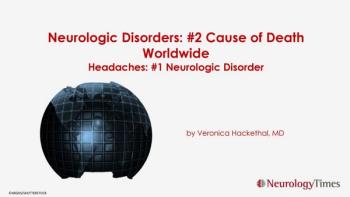
Migraine is the second leading cause of disability worldwide. New data show the number of patients who will need care by clinicians with expertise in neurological conditions will continue to grow in coming decades.

Migraine is the second leading cause of disability worldwide. New data show the number of patients who will need care by clinicians with expertise in neurological conditions will continue to grow in coming decades.

It is often unclear which treatments are most appropriate for the constellation of concussion symptoms. Thus, evidence-based education as well as treatment and management options to facilitate recovery are required.
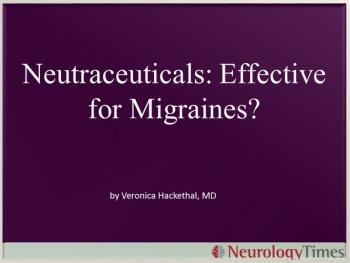
Studies suggest that magnesium, riboflavin, butterbur, coenzyme Q10, and certain nutraceutical combinations may have efficacy in preventing migraine. This slideshow reviews the evidence.
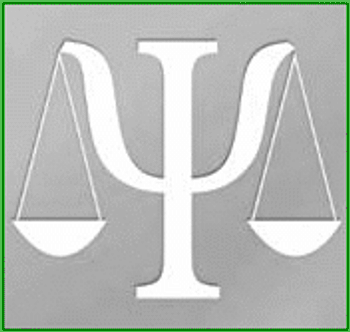
Botox for episodic migraine? Vitamin B for migraine with aura? Best option for acute cluster headache? Take the quiz.
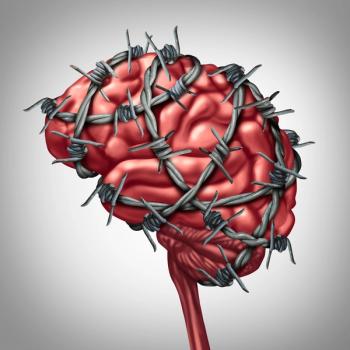
There appears to be a bidirectional relationship between migraine and depression, in which one disorder increases the risk for the other and vice versa.
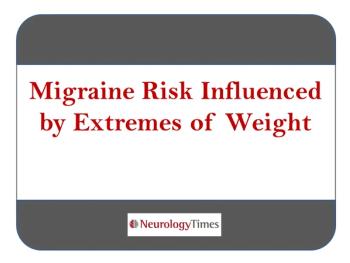
Too many-or too few-pounds-could be a factor in migraine pathogenesis. Details here.
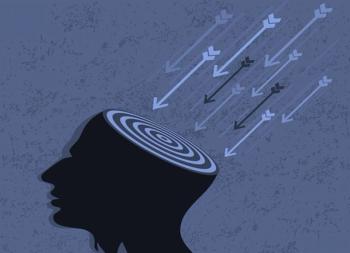
Just how private is that information your patient records in a mobile headache diary?
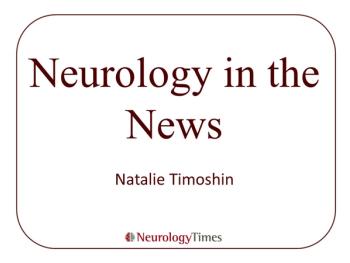
New studies shed light on topics such as nonencephalic pain and headache chronicity; benign childhood epilepsy with centrotemporal spikes and social cognition; and causal triggers of Alzheimer disease onset.

This study showed that a novel CVS device provided effective, well-tolerated adjuvant prophylactic therapy for a group of adults with episodic migraine.
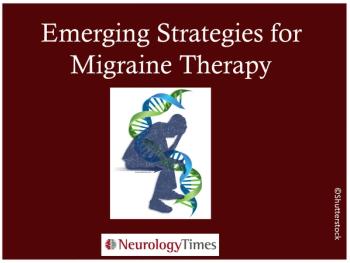
Here’s a quick overview of what’s new-and what may be coming-in preventive treatments strategies for migraine.
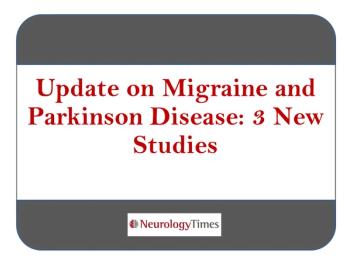
New studies shed light on the potential role of monoclonal antibodies in migraine prophylaxis and in Parkinson disease and on a common genetic pathway shared by PD and autoimmune diseases.

Test your headache IQ here.
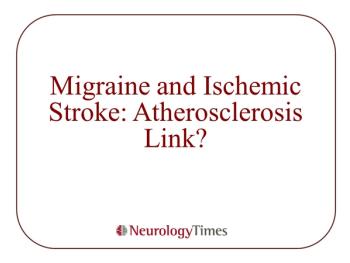
Does cerebrovascular atherosclerosis explain the connection between migraine and vascular diseases?

This large population subset can potentially benefit from therapies that are more directly targeted to hormonally-influenced migraine headaches.
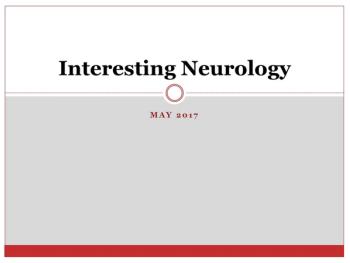
May news includes ground-breaking FDA approvals, predictions of Alzheimer disease, and a possible biomarker for mild traumatic brain injury.
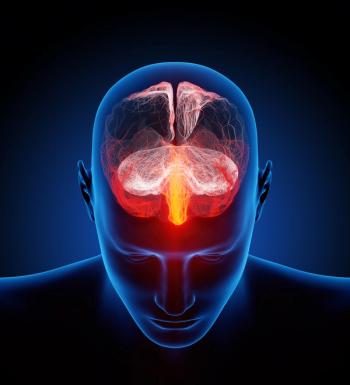
For several decades, studies have suggested a role for CGRP in migraine, and that targeting the CGRP pathway might help to prevent migraine.

Researchers examined two possible risk factors for migraine that potentially can be modified – having obesity and being underweight.
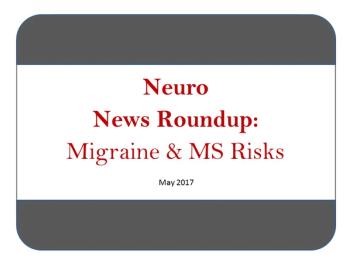
Research includes impact of body weight on migraine risk, effect of sleep on MS relapse, and side effects of statins in stroke survivors.

From the first hand-held vagus nerve stimulator for episodic cluster headache to a TMS therapy system for depression, we highlight 5 new technologies.

Peter Goadsby, MD discusses the efficacy, safety, & tolerability of the CGRP inhibitor erenumab in a phase III trial of participants with episodic migraine.
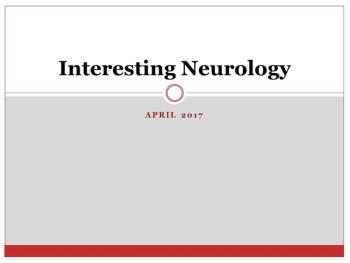
April news includes tools to manage brain injury and predict recovery, new drug hits and misses, and an updated epilepsy classification system.
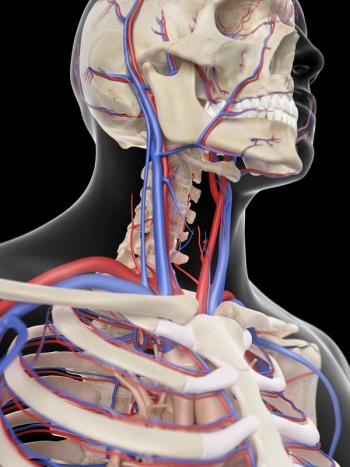
Is there a common biological pathway underlying ischemic stroke and migraine in young patients?
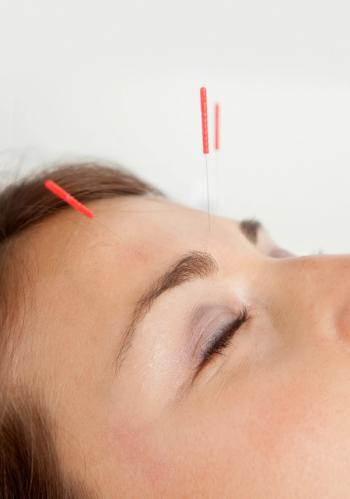
Studies have shown that true acupuncture is more effective than sham acupuncture in reducing migraine, but it treatment feasible?
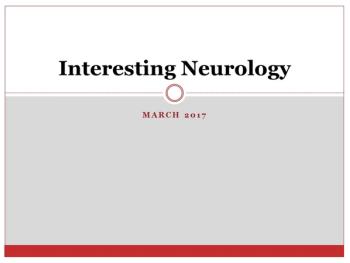
March news includes possible brain tumor therapies, a study exploring mechanisms underlying demyelination-induced seizures, and VNS post stroke.
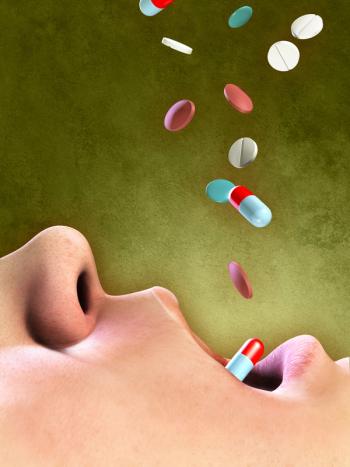
A review examined risk of medication overuse headache across classes of acute migraine treatments.